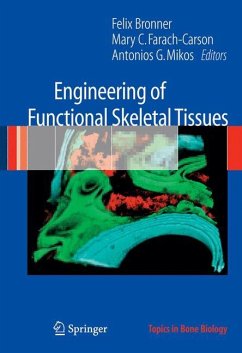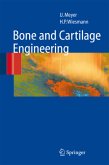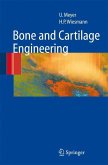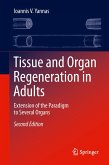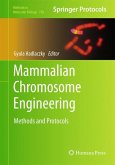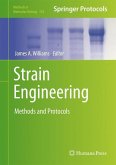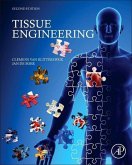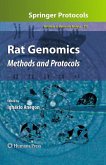This is the 3rd in a series of reviews, centered on a single major topic of bone replacement (Vol. 1 Bone Formation, Vol. 2 Bone Resorption) written by acknowledged authorities in the field. The biology of stem cells and cell signals, knowledge needed to make stem cell engineered, bone tissue a reality and how to prevent bone allograft infection is discussed. Furthermore, non-degradable and biodegradable scaffolds, necessary implants to attract bone cells and build suitable bone replacements follow. Other topics are motion and bone degeneration analysis and effect of mechanical factors on bone healing, implants and their role in reparative dentistry and the application of computational modeling to prosthesis design.
This text will interest bioengineers, orthopedists, reconstructive surgeons, dentists, physiotherapists and all working in the fields of skeletal and dental tissue engineering and rehabilitation, as well as basic bone scientists interested in translational research.
The science of bone replacement has greatly advanced in recent decades, but replacing bone with bone tissue rather than with metallic components remains in early development. The current volume, third in the series Topics in Bone Biology, deals with problems inherent in inducing the body cells to accomplish bone tissue repair, to degrade devices introduced to provide initial mechanical support, and to attract and stimulate bone f- mation. It is therefore logical that Chapter 1, by Hicok and Hedrick, deals with stem cells, i. e. , pluripotential cells that may differentiate into cartilage and bone cells. The chapter begins with a description of how stem cells may be harvested; the limitations of autologous, embryonic, and adult stem cells; and the need to expand the harvested cells in culture. The authors then discuss the in? uences of the body environment on implanted cells and on the scaffolds that need to be introduced. They emphasize the need for adequate oxygenation and for rapid integration with the vascular system of the host/patient. Stem-cell-engineered cartilage is discussed at some length, along with the need for stem-cell-engineered ligaments and tendons. The chapter concludes with an analysis of what needs to be learned to make stem-cell-engineered bone tissue a reality. In Chapter 2, Gerstenfeld and colleagues review osteogenic growth factors and cytokines, soluble proteins that regulate postnatal bone repair. These molecules are of importance because many are targets of efforts to promote therapeutic bone healing and repair.
This text will interest bioengineers, orthopedists, reconstructive surgeons, dentists, physiotherapists and all working in the fields of skeletal and dental tissue engineering and rehabilitation, as well as basic bone scientists interested in translational research.
The science of bone replacement has greatly advanced in recent decades, but replacing bone with bone tissue rather than with metallic components remains in early development. The current volume, third in the series Topics in Bone Biology, deals with problems inherent in inducing the body cells to accomplish bone tissue repair, to degrade devices introduced to provide initial mechanical support, and to attract and stimulate bone f- mation. It is therefore logical that Chapter 1, by Hicok and Hedrick, deals with stem cells, i. e. , pluripotential cells that may differentiate into cartilage and bone cells. The chapter begins with a description of how stem cells may be harvested; the limitations of autologous, embryonic, and adult stem cells; and the need to expand the harvested cells in culture. The authors then discuss the in? uences of the body environment on implanted cells and on the scaffolds that need to be introduced. They emphasize the need for adequate oxygenation and for rapid integration with the vascular system of the host/patient. Stem-cell-engineered cartilage is discussed at some length, along with the need for stem-cell-engineered ligaments and tendons. The chapter concludes with an analysis of what needs to be learned to make stem-cell-engineered bone tissue a reality. In Chapter 2, Gerstenfeld and colleagues review osteogenic growth factors and cytokines, soluble proteins that regulate postnatal bone repair. These molecules are of importance because many are targets of efforts to promote therapeutic bone healing and repair.

